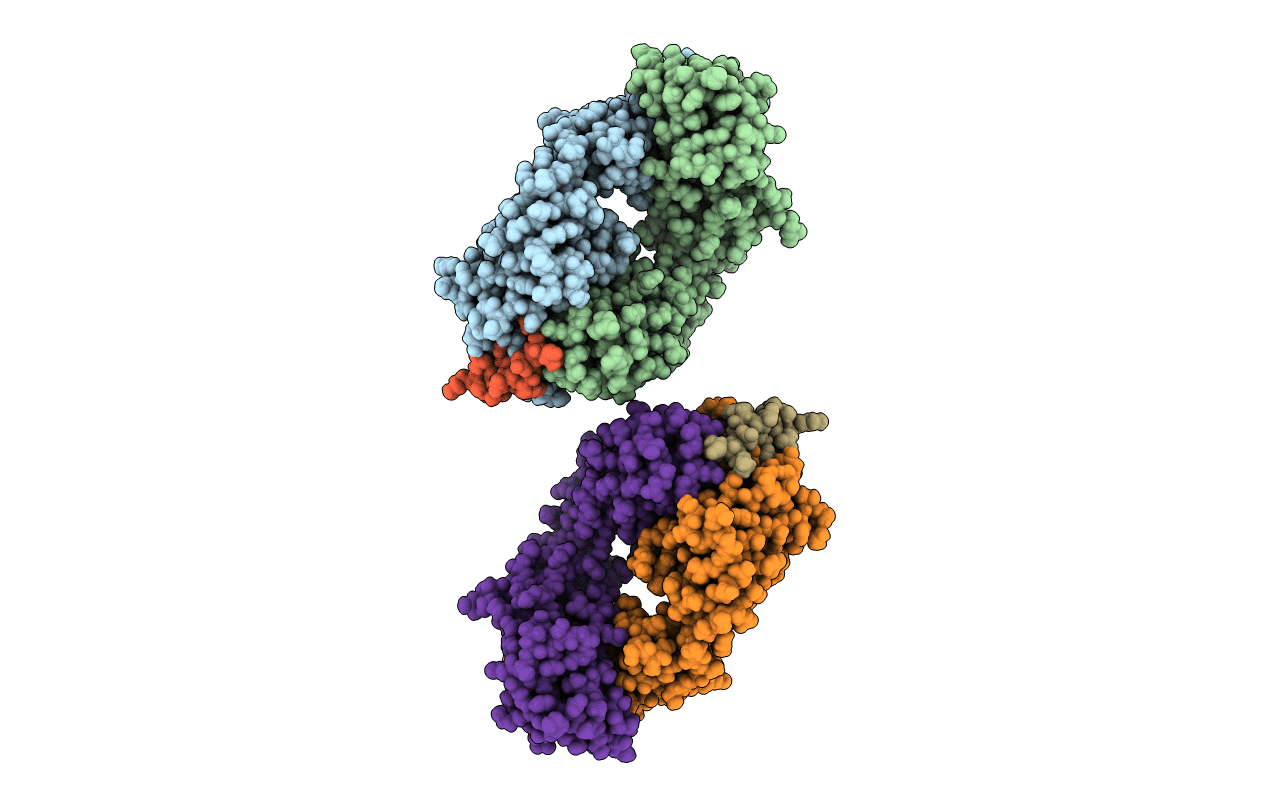
Deposition Date
2018-11-27
Release Date
2019-03-20
Last Version Date
2024-10-16
Entry Detail
PDB ID:
6N7J
Keywords:
Title:
BDBV223 Fab bound to synthetic peptide of Bundibugyo virus Glycoprotein Stalk
Biological Source:
Source Organism:
Homo sapiens (Taxon ID: 9606)
Bundibugyo ebolavirus (Taxon ID: 565995)
Bundibugyo ebolavirus (Taxon ID: 565995)
Host Organism:
Method Details:
Experimental Method:
Resolution:
3.68 Å
R-Value Free:
0.25
R-Value Work:
0.22
R-Value Observed:
0.22
Space Group:
P 1 21 1


